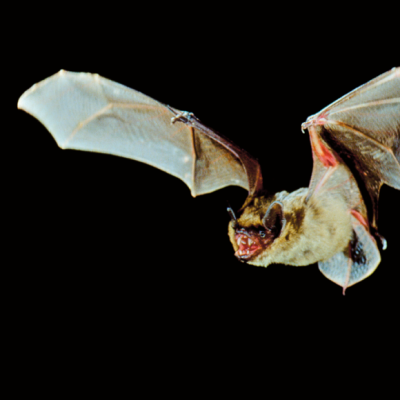The World Health Organization (WHO) has released the results of its investigation into the origins of SARS-CoV-2, the virus responsible for the COVID-19 pandemic. The investigation, which began on January 14, 2021, was conducted by a team of independent scientists and local experts in Wuhan, China. According to the report, it is “extremely unlikely” that the virus originated from a laboratory accident. Instead, the virus is believed to have developed in bats and then transmitted to humans through another animal.
The investigation examined four possible scenarios for the origin of the virus, with the laboratory accident scenario being the least likely. The report also dismissed the theory that the virus was transmitted through frozen or chilled food, which had been previously suggested by the Chinese government. While the transmission of the virus from bats to humans is considered “likely,” the report suggests that it is not as probable as transmission through another animal that had previously been infected with the virus.
The investigation was politically sensitive, with Chinese authorities initially attempting to block it. However, the WHO team was eventually granted access to the Wuhan Institute of Virology, where the laboratory accident scenario had been suggested. The investigation’s findings are significant, as they could have potentially placed blame on China for the pandemic’s spread. Despite the report’s conclusions, the investigation’s timeline continues to move backward, and further studies are needed to fully understand the virus’s origins.










